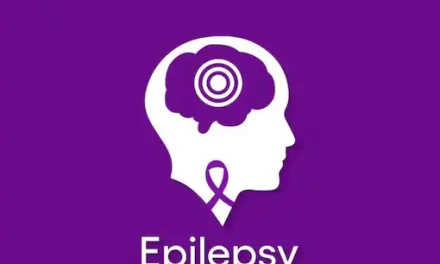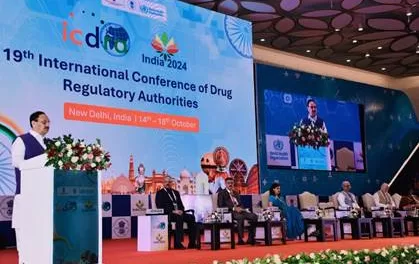McMaster University researchers unveil a quick, easy color-based method to detect harmful bacteria in fluids, promising breakthroughs in diagnostics and food safety.
In a groundbreaking development, engineers and biochemists from McMaster University have created a simple, lab-free test to identify harmful bacteria in fluids like water, urine, and milk. The innovative method relies on a biogel embedded with bacteriophages—viruses that target specific bacteria—to detect pathogens such as E. coli and listeria. The test provides visible results through a color change, making it accessible to untrained users and enabling quicker diagnostics compared to traditional methods.
The process works by utilizing bacteriophages, commonly referred to as phages, to locate and attack bacteria in a sample. When phages burst bacterial cells, the released intracellular materials interact with the biogel, triggering a color change if contamination is present. Clean samples retain their original color.
“This technology harnesses the destructive power of phages in a novel way,” explains Dr. Zeinab Hosseinidoust, an associate professor and Canada Research Chair in Bacteriophage Bioengineering. “By breaking open bacteria, phages give us quick access to biological markers that confirm their presence.”
Faster and More Versatile Testing
Unlike traditional lab cultures, which require up to two days, the new test delivers results in just hours. It has been successfully tested on patient urine samples and lake water, demonstrating accuracy comparable to laboratory methods.
“People with potential urinary tract infections often endure long waits for lab results,” says Dr. Tohid Didar, a co-author and Canada Research Chair in Nano-Biomaterials. “This technology enables at-home testing with rapid results, providing convenience and peace of mind.”
The adaptable system can be tailored to detect various bacteria, including salmonella and listeria, using targeted phages and DNA probes. The team envisions applications spanning food safety, environmental monitoring, and clinical diagnostics.
Real-World Implications
The simplicity and reliability of the test could prove invaluable in preventing outbreaks like the recent listeria contamination of plant-based milk in Canada, which caused two deaths and widespread recalls. “This technology could quickly limit outbreaks by identifying contamination before it spreads,” notes Akansha Prasad, a Vanier Scholar and co-author.
Further applications could benefit individuals lacking access to safe water sources. “About 12% of Canadians don’t have municipal piped water,” highlights lead author Hannah Mann. “This test could provide them with reassurance about water safety.”
A Path to Market
The McMaster team is exploring commercial partnerships to bring the test to market. Their vision builds on previous innovations, including portable tools to combat antibiotic-resistant infections and contamination tests integrated into food packaging.
“This tool is a leap forward for accessible, rapid diagnostics,” says Carlos Filipe, senior author and professor of chemical engineering. “Phages offer unmatched precision in targeting bacteria, even at low levels.”
As the researchers advance their work, this test could redefine how consumers, healthcare providers, and industries approach bacterial contamination—bringing science directly into everyday hands.











